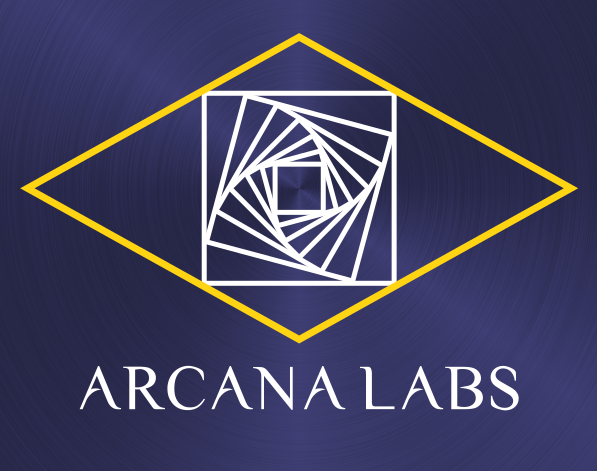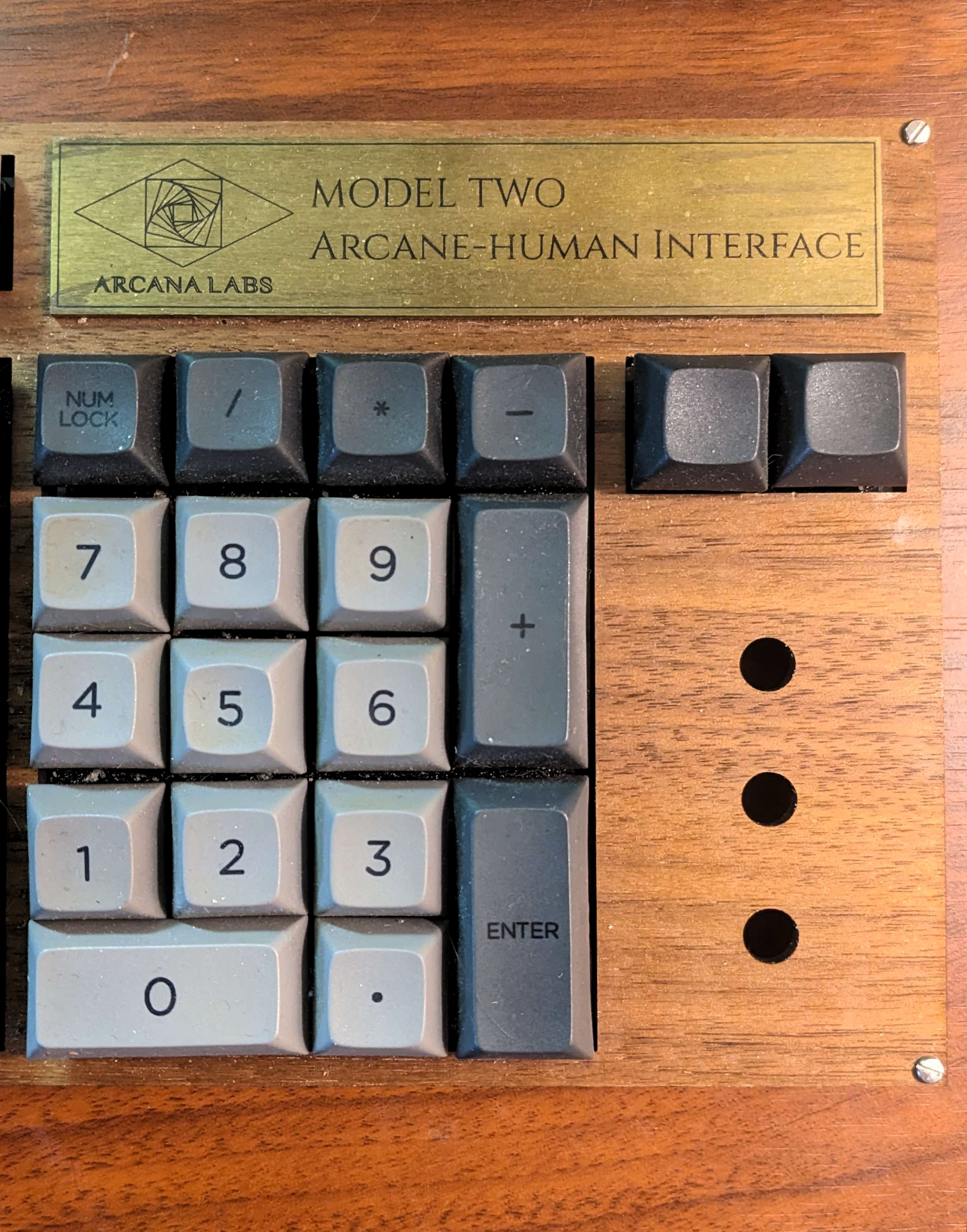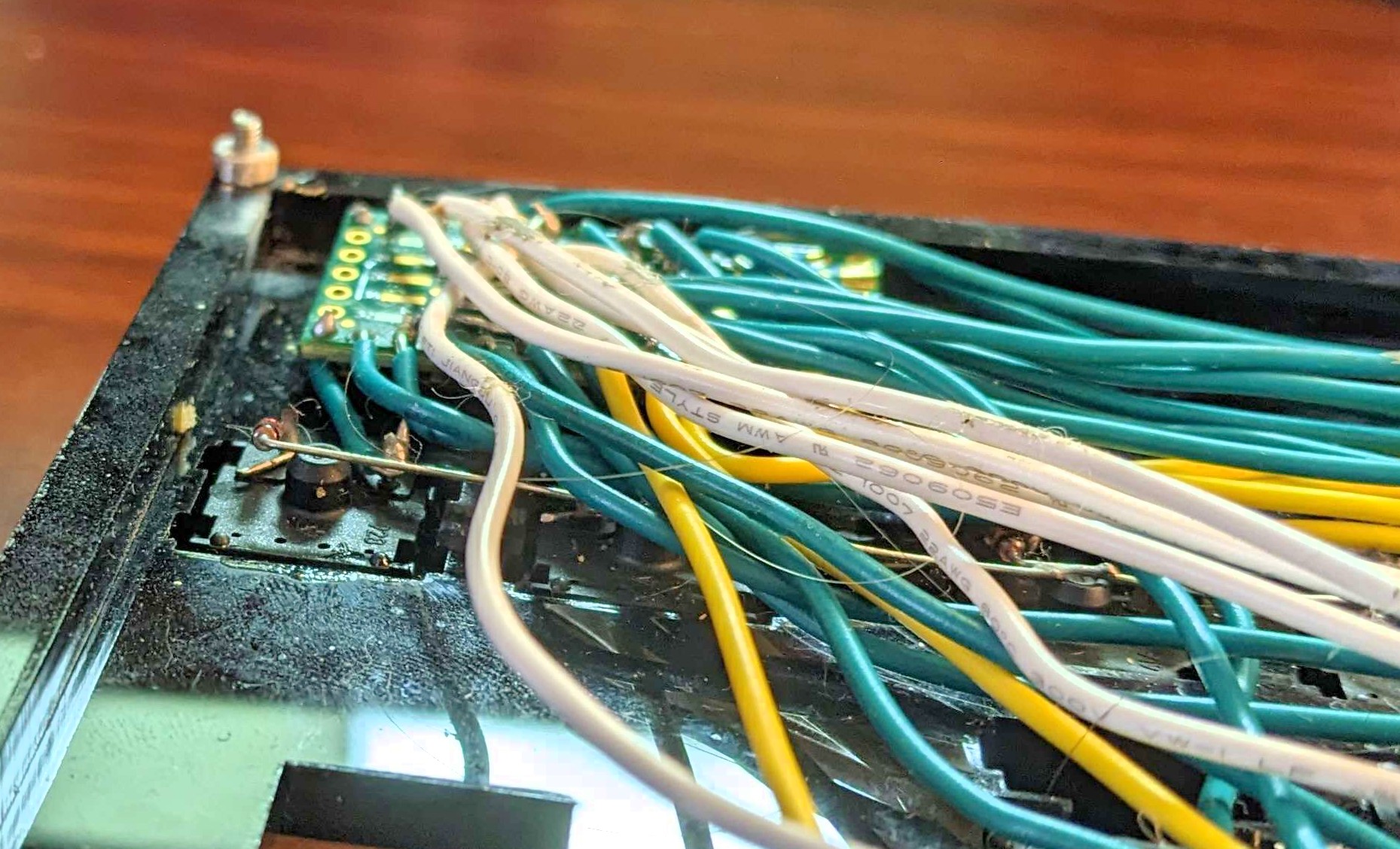LabNotes for This Project
15 Jul 2024
While I’ve been tinkering with the idea of design changes or rework for the Model II more or less since I “completed” it last year, I didn’t really feel strongly compelled to pursue it. The beat-up Dell OEM keyboard I’d been using as a daily driver worked more reliably, wasn’t a “bad” keyboard, per se, and wasn’t sorely missed from the computer where it was supposed to be - the salvageware multimedia/light-gaming PC hooked up to the TV in the livingroom. It wasn’t until my birthday began to approach in June, and I realized that nobody, including myself, had really planned anything, that I felt the need to deal with it.
17 Oct 2023
Having finally decided to get off my backside over the last few weeks and make the templating changes that would let me make a proper project page for the Model II, I have decided that this is as good a time as any to go ahead and do a follow up blog post to the series from last summer on the Model II. It’s been over a year since I put that keyboard into use and I used it for most of that year, so let’s talk about what worked, didn’t, and what comes next for that project if I want to really get my money’s worth out of it.
19 Jul 2022
The first two articles in this series talked about designing and building a mechanical keyboard - the Arcana Labs Model 2. This is a speciality keyboard that I custom designed to fit a very specific set of space and functionality constraints, and while a fair amount of work went into meeting those constraints broadly, there was a lot that did go wrong from a design perspective before laser ever met stock and solder ever met iron.
14 Jul 2022
Earlier on, I discussed the process I went through trying to design the Arcana Labs Model 2, a specialty mechanical keyboard that had to fit a space constraint while also including some kind of pointing device. That post dealt largely with the process of design at a high level; how I came up with the necessary constraints, and what tools I used to facilitate things. This post is going to deal with assembly, as well as the process of getting the firmware working.
11 Jul 2022
If you’re a member of the #secret_projects_chan on the Arcana Labs Discord or have been following me on twitter for any real length of time, you probably know that I have been designing and building a mechanical keyboard; a project I’ve been working on for the better part of half a year. As is tradition for secret projects, now that it’s more or less complete, I’m documenting it retroactively in a small series of posts on the site. This post is about the process I went through in order to design the keyboard, both conceptually and in real, preparing-for-manufacture terms.



